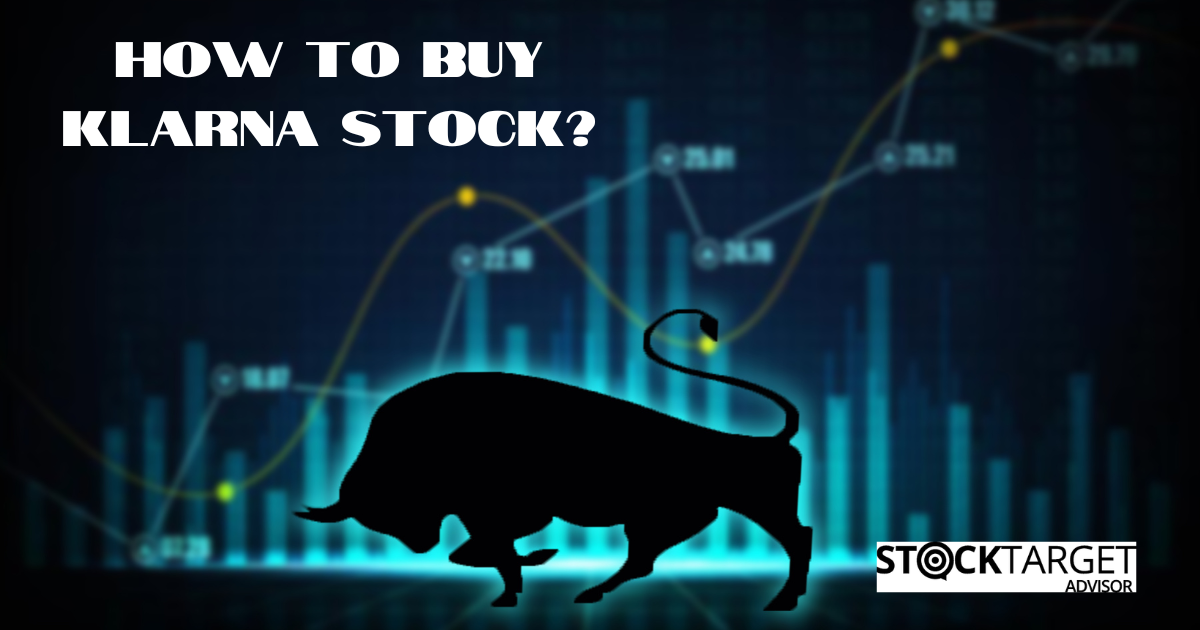Klarna is a leading fintech company that offers buy now and pay later services. It is one of the fastest-growing fintech companies in the world, with over 140 million active users and a valuation of over $10 billion. Klarna’s stock is not yet publicly traded, but it is expected to IPO in the near future. As a stock investor or financial analyst, it is important to understand the process of buying Klarna stock and the risks involved. In this blog post, we’ll walk you through the steps involved in buying Klarna stock, and we’ll also share some tips on how to research the company and also address the challenges associated with investing in Klarna stock.
Understanding Klarna as an Investment Opportunity:
Klarna’s business model is based on partnering with retailers to offer customers the option to pay for their purchases in installments. Klarna pays the retailer upfront, and the customer then pays Klarna back over time, with or without interest. Klarna’s revenue streams include merchant fees, late fees, and interest payments from customers.
Klarna’s competitive advantage is its large and growing user base, its partnerships with major retailers, and its innovative technology platform. Klarna is a profitable company with a strong financial standing. In 2021, Klarna generated $11.7 billion in revenue and $1.3 billion in profit.
Researching Klarna as a Potential Stock Investment:
When researching Klarna as a potential stock investment, it is important to conduct a fundamental analysis to assess the company’s financial health, market trends, and growth potential. Key factors to consider include:
- Revenue growth
- Profitability
- Debt levels
- Cash flow
- Market share
- Competitive landscape
- Regulatory environment
It is also important to analyze Klarna’s management team. Look for a team with experience in the fintech industry and a track record of success.
Choosing the Right Brokerage Platform:
There are many different brokerage platforms available for buying Klarna stock. When choosing a brokerage platform, consider the following factors:
- Fees
- Trading tools
- Customer support
- Access to international markets
Once you have opened a brokerage account, you can place a trade to buy Klarna stock. There are different order types that you can use, such as market orders, limit orders, and stop-loss orders.
Monitoring and Managing Klarna Stock Investment:
Once you have bought Klarna stock, it is important to monitor its performance and manage your investment. This includes setting up alerts to be notified of any significant changes in the stock price and utilizing technical analysis tools to identify potential trading opportunities. It is also important to have a long-term investment strategy and to consider potential risk management techniques.
As it is a private company, it might be difficult to obtain accurate and up-to-date information about the company’s financial performance and prospects. Additionally, Klarna is operating in a highly competitive and rapidly changing industry. The company faces competition from other BNPL providers, as well as from traditional financial institutions.
Conclusion:
The bottom line is, if you are interested in the fintech industry, you might be wondering how to buy Klarna stock. Klarna is one of the most valuable fintech startups in Europe, with a valuation of over $10 billion. Ready to tap into the world of specialty finance? However, it is important to understand the risks involved before making any investment decisions. Remember, investing in stocks carries risks and may not be suitable for everyone. Always consult with a financial advisor before making any investment decisions.
Muzzammil is a content writer at Stock Target Advisor. He has been writing stock news and analysis at Stock Target Advisor since 2023 and has worked in the financial domain in various roles since 2020. He has previously worked on an equity research firm that analyzed companies listed on the stock markets in the U.S. and Canada and performed fundamental and qualitative analyses of management strength, business strategy, and product/services forecast as indicated by major brokers covering the stock.






























